LET US AS FATHERS, BE WORTHY OF OUR SONS AND DAUGHTERS
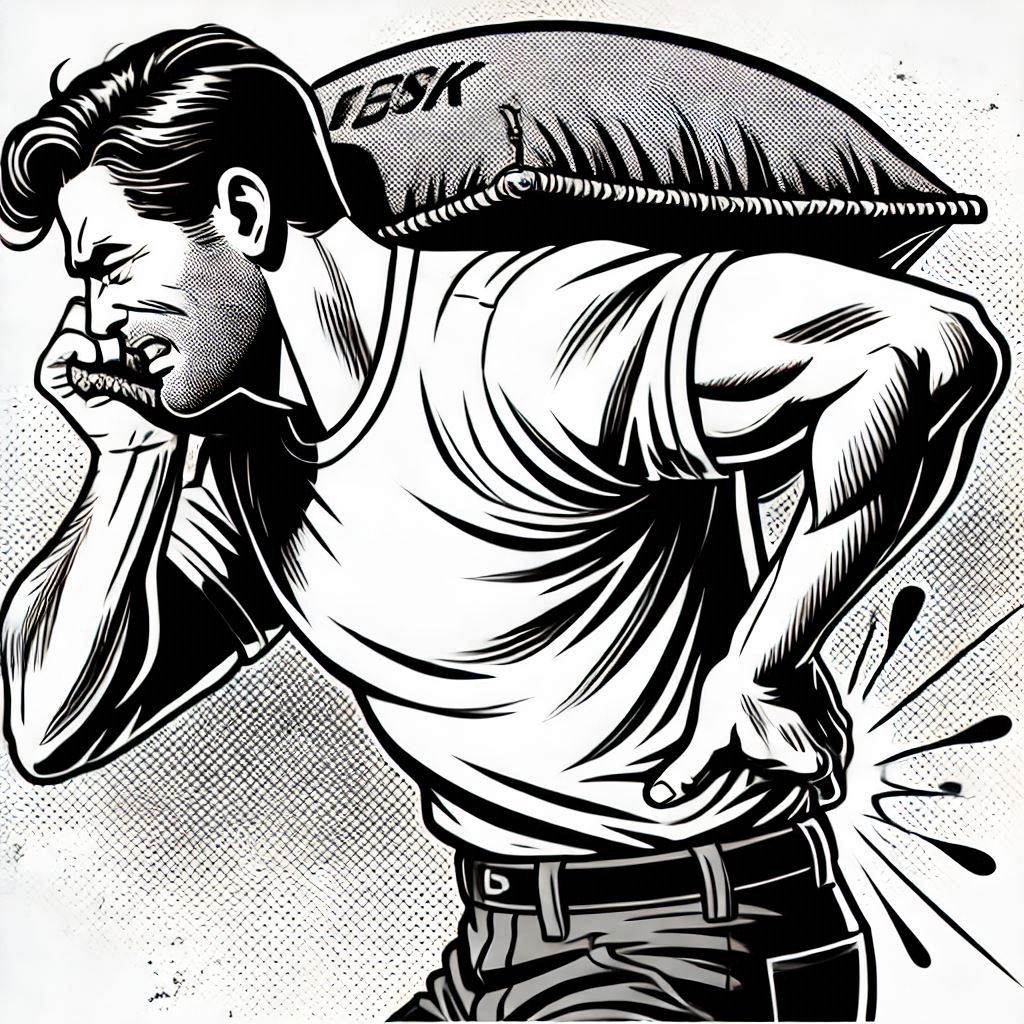
Part 6: Rebuilding Myself – Recovery and Rediscovery After Surgery
DISCLAIMER: This article is based on personal experience and is not intended as medical advice. It is not a substitute for professional medical guidance, diagnosis, or treatment. Always consult with a qualified doctor, surgeon, or health practitioner regarding your specific condition or concerns
When I woke up after spinal fusion surgery, I felt something I hadn’t experienced in years: relief. The sharp, stabbing pain that had haunted me every waking moment was gone. It was surreal. For so long, pain had been my constant companion, dictating how I moved, slept, and lived. Suddenly, it wasn’t there anymore. But what should have been a moment of pure joy was far more complicated than I expected.
The absence of pain didn’t immediately bring peace. Instead, it left a void that was difficult to process. For years, my life had revolved around managing pain—avoiding certain movements, bracing for the inevitable flare-ups, and adjusting every aspect of my day to accommodate it. Without that constant presence, I felt unmoored. Who was I without the pain? What did life look like now that this defining feature of my existence was gone?
I wasn’t prepared for how mentally challenging recovery would be. The physical healing was straightforward—my surgeon had done an incredible job. When I asked him what were my limitations he told me “There is nothing you can do that will hurt what I have done to you – do what ever you feel comfortable with”. But the mental scars were harder to address. Pain had become such a central part of my identity that its sudden absence felt almost unnatural. It was as though a part of me had been amputated—not the part I wanted, but one that had shaped how I navigated the world.
In those early days after surgery, I found myself waiting for the pain to return. Every time I moved or sat down, I braced for the sharp jabs that had become second nature. When they didn’t come, I didn’t feel relief; I felt confusion. My body no longer reacted the way it used to, but my mind hadn’t caught up yet. It was as if my brain was stuck in a loop, expecting an outcome that no longer existed.
This disconnect between my physical recovery and my mental state created a new set of challenges. For years, pain had dictated my every decision—it told me when to stop, when to rest, when to avoid certain activities. Now that it was gone, I struggled to trust my body again. Could I bend down without hurting myself? Could I lift something without risking another injury? These questions lingered in my mind like ghosts of the past.
One of the most surprising aspects of recovery was how isolating it felt at times. Friends and family were thrilled that the surgery had been successful—and so was I—but they couldn’t fully understand the mental toll it took to adjust to this new reality. To them, the absence of pain meant everything should go back to normal. But for me, “normal” was something entirely unfamiliar.
I learned quickly that recovery wasn’t just about rebuilding strength; it was about rebuilding trust—in my body and in myself. That process didn’t happen overnight. It took months, actually years, of careful effort and intentional focus to rewire how I thought about movement and activity.
As always, weight training became an essential part of this journey—not just for physical rehabilitation but for mental healing as well. Returning to the gym after surgery wasn’t easy; every movement felt tentative at first, as though one wrong step could undo all the progress I’d made. But slowly, rep by rep and set by set, I began to rebuild not just my muscles but also my confidence.
The gym became a place where I could test my limits in a controlled environment—a space where I could prove to myself that my body was capable again. Each session was a small victory: bending down without fear during deadlifts, squatting with proper form and no hesitation, pressing weights overhead without second-guessing myself.
What surprised me most during this time was how much mental clarity weight training brought me. Chronic pain had clouded my thoughts for so long that it felt like lifting weights also lifted a fog from my mind. The discipline required in training gave me structure during a time when everything else felt uncertain.
But recovery wasn’t just about regaining physical strength—it was about redefining what strength meant altogether. Before surgery, strength had been about endurance—gritting my teeth through unbearable pain and pushing forward anyway. After surgery, strength became about resilience—learning how to adapt to a new reality and thrive within it.
Another unexpected challenge during recovery was dealing with emotions I hadn’t allowed myself to feel while living with chronic pain. When you’re in constant agony, survival becomes your primary focus; there’s little room for introspection or self-reflection because all your energy is spent on getting through the day. Once the pain was gone, those suppressed emotions came rushing back.
I realized how much anger and frustration I had bottled up over the years—anger at myself for getting injured in the first place; frustration at doctors who dismissed my pain; resentment at how much chronic pain had taken from me as a husband and father. Processing these emotions wasn’t easy, but it was necessary for moving forward.
One thing that helped immensely during this time was focusing on gratitude—not just for the success of the surgery but for every small victory along the way. Being able to sit through dinner with my family without discomfort felt like a gift; playing on the floor with my child without fear of injury brought joy I hadn’t experienced in years.
Looking back now, recovery wasn’t just about healing physically—it was about rediscovering who I was beyond the pain that had defined me for so long. It taught me lessons that continue to shape how I approach life today:
If you’re navigating your own journey of recovery—whether from surgery or another life-altering event—know this: healing is rarely linear or easy, but it is possible. Trust yourself enough to take one step at a time and embrace each small victory along the way.
For me, spinal fusion surgery wasn’t just about alleviating pain—it was about reclaiming control over my life and rediscovering what it means to truly live again.
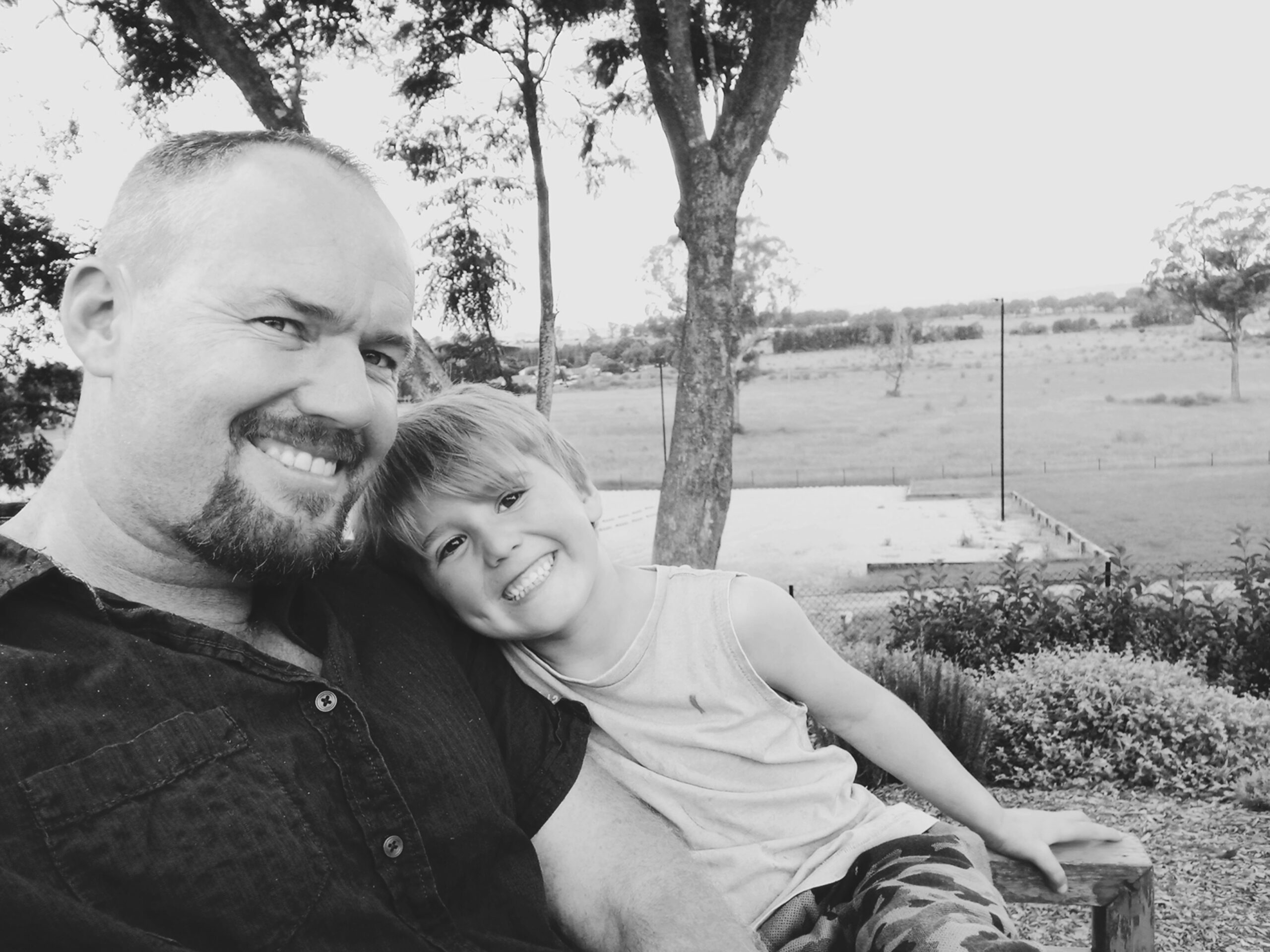
I am a father of 5 wild and awesome kids. and the creator of the IRON FATHER. This is a blog about self reflection and fatherhood, and striving to become better. From one father to another, we can all seek improvment and forge ourselves into the legend that our kids deserve.
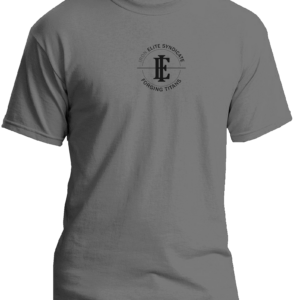

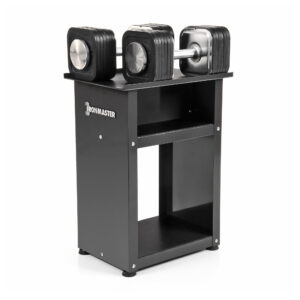

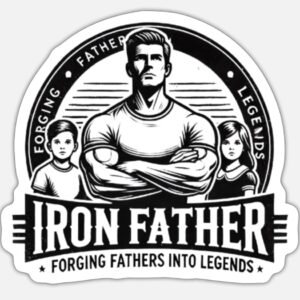

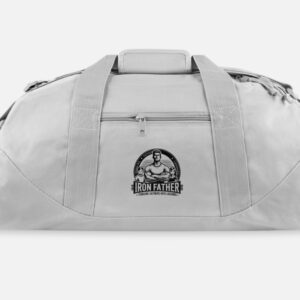
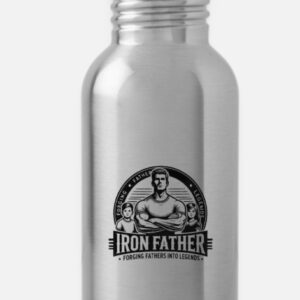
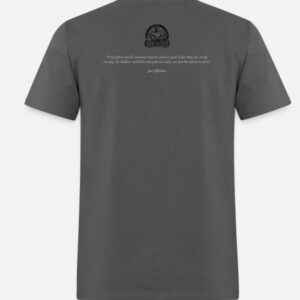
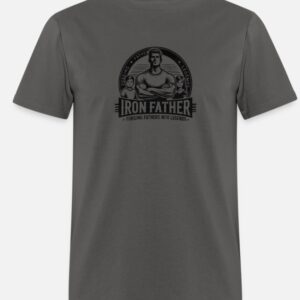

IRON FATHER is a brand dedicated to empowering fathers to embrace their roles with strength, resilience, and active engagement in their children’s lives.
© All Rights Reserved IRON FATHER 2024.
This is a demo store for testing purposes — no orders shall be fulfilled. Dismiss